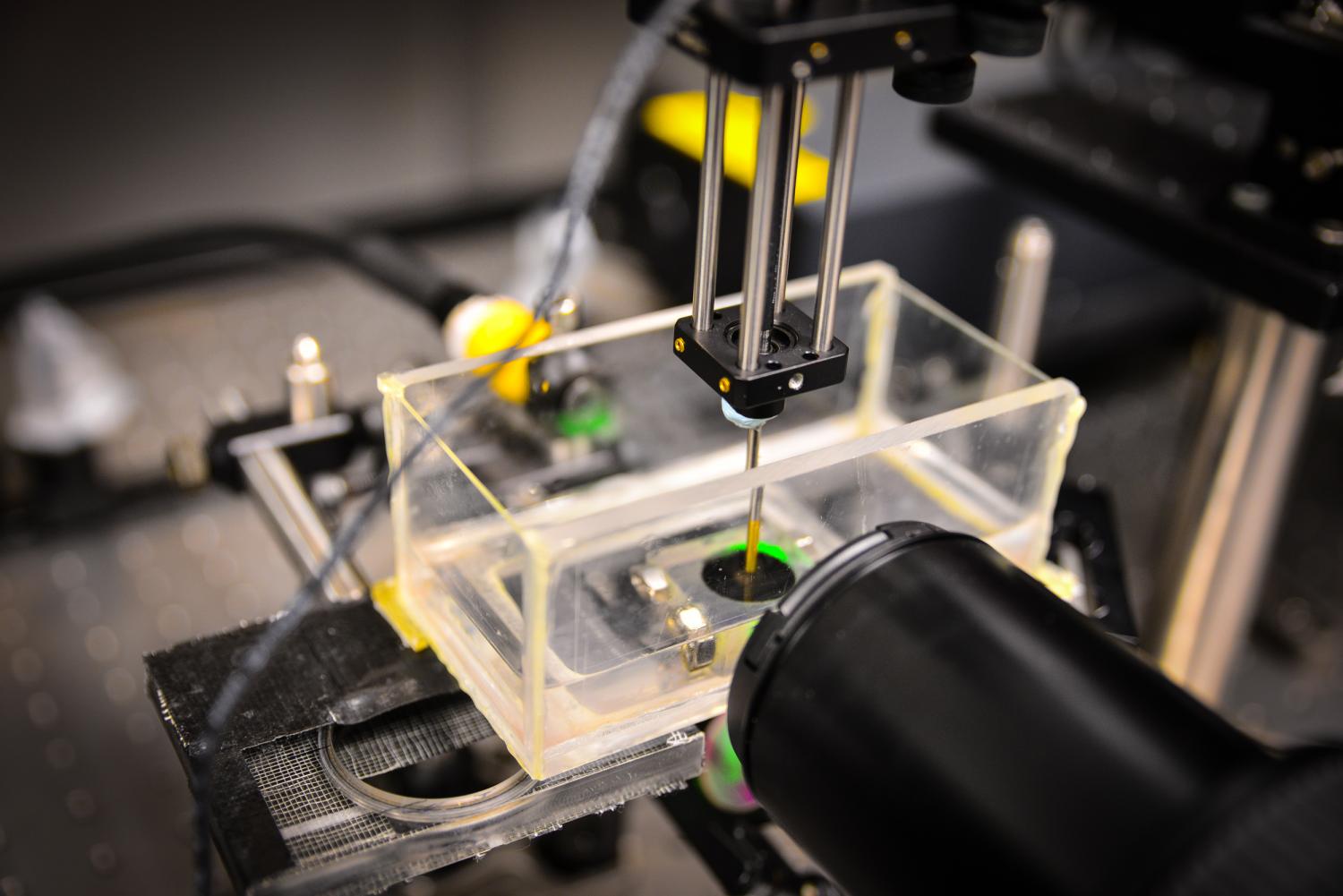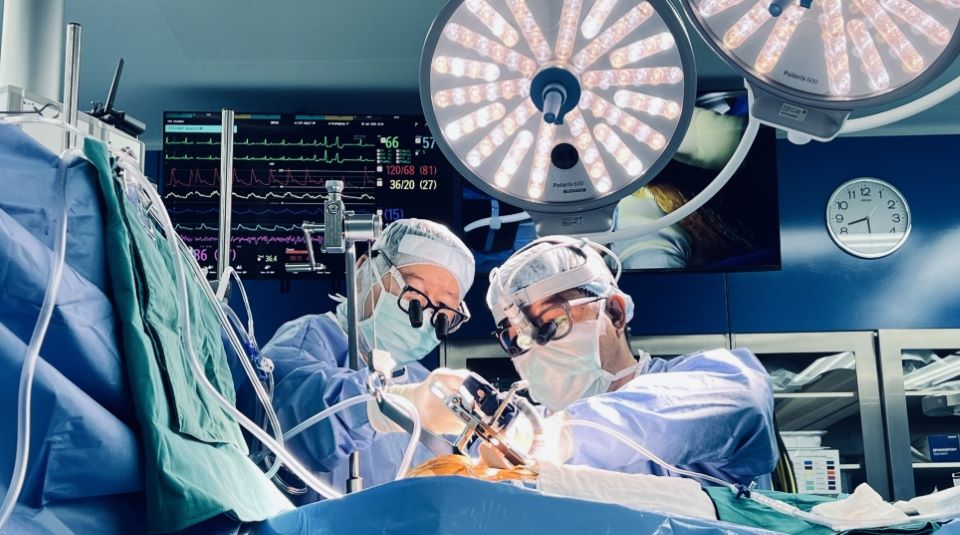
Image credit- phys.org
Duke and Stanford Universities’ researchers have developed a new clip-on device that upgrades a standard two-dimensional (2D) ultrasound with three-dimensional (3D) imaging capabilities. The device features a $10 microchip that is common to smartphones and 3D-printed materials and is designed to allow a 2D ultrasound machine to capture 3D images of infants’ brains while the baby is held in a parent’s arms.
The new device has been designed to track the exact orientation of an ultrasound probe while imaging. They researchers later put all the images together as a whole in three dimensions. The quality of the images obtained through the new technique is said to be similar to those of MRI or CT scans.
A prototype developed by the researchers has a 3D-printed harness that would snap on to the probe to securely attach the microchip, which tracks the position.
It is expected that the trials will support commercialisation of the clip-on device in two years, with plans to further refine the technology to perform additional 3D ultrasound activities such as the ability to capture a heart in motion.




